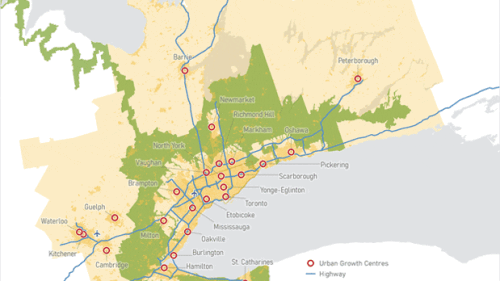| Dr. Ken Dychtwald |
Four demographic- and age-related factors are converging that will heavily influence the development of urban areas going forward: 1) the rising longevity of the U.S. population; 2) the “morphing” of various life stages; 3) the need to target the mindset that accompanies a specific life stage and lifestyle; and 4) the need to be attuned to generational identity. So says Dr. Ken Dychtwald, chief executive officer of Age Wave and a keynote speaker at ULI’s recent Real Estate Summit at the Spring Council Forum.
According to Dychtwald, the aging of the U.S. adult population – including a broad spectrum from the oldest of Generation X (Gen X) to baby boomers to the parents of boomers – will have a “greater impact on employment and general economic competitiveness than the industrial revolution.” With more than 90 million people over age 65 by 2050, “this is where the growth is,” he said. “Old age is not what it used to be. Old people still have dreams to be fulfilled. It’s a time for second chances and new beginnings...The new definition of retirement is to engage, to reinvent, to learn, and to have freedom.”
For much of the 20th century, development was oriented toward meeting the needs of households with four distinct life stages – childhood, adolescence, adulthood and old age, Dychtwald said. Now, longevity has added new stages of adulthood Dychtwald labeled as “middlescence,” which consists of younger baby boomers (“They set the tone, they have influence that young people envy”) and “late adulthood,” consisting of older baby boomers and people in their seventies (“They are quite affluent, have lots of free time, and did not get hit as hard by the recession”).
It is critical for the development community to focus carefully on the housing and lifestyle preferences of those in the middlescence and late adulthood phases, as their choices are likely to be vastly different from those of the same age in previous generations, he said. One example: a preference, particularly among older women, toward more communal living, with more shared space for meals and socializing. Another: a preference by active grandparents to live near their grandchildren, which suggests a need for communities oriented toward multi-generational living.
While the rebellious, rule-breaking nature of baby boomers will result in new trends in design and development, the unique characteristics of Generation X and Generation Y (Gen Y) will also have a significant impact, Dychtwald said. The traits of Gen X -- individualistic, open to diversity, and masters of change, as well as those of Gen Y – tech-proficient, multi-task masters, socially-oriented (both face-to-face and virtual), and embracers of diversity, suggest even more changes in development in the decades ahead, he noted.
“It must be your strength to be attuned to the ramifications (of the new phases of aging),” Dychtwald told meeting attendees. “Meeting the needs of each population group as they emerge is what you (the development community) have to be great at doing. If you are aiming at the wrong market, or targeting that market in the wrong way, you will not succeed.”





